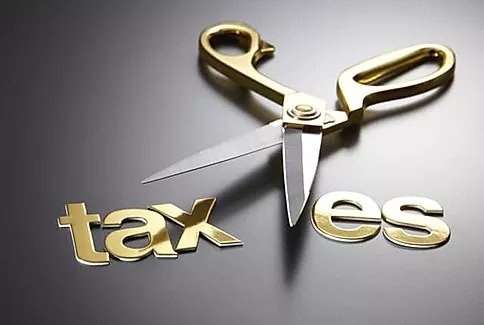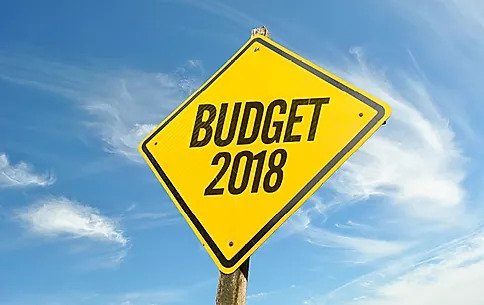What is the JobKeeper Payment?
The JobKeeper Payment is a $1,500 per fortnight per employee subsidy paid to eligible employers and businesses who have had their turnover significantly impacted by the Coronavirus. The payments are available from the fortnight starting 30 March 2020 and will continue for 13 fortnights. The subsidy is reimbursed to the employer in lump sum payments paid monthly in arrears.
Who is eligible?
An employer will be eligible where:
- On 1st March, they carried on a business or were a not-for-profit organization,
- They employed at least one eligible employee at 1 March 2020,
- Their eligible employees are currently employed by the business for the fortnights they start to claim the Jobseeker Payment. This includes employees stood down or re-hired,
- Their business satisfies the decline in turnover test,
- They pay their eligible employees at least $1,500 (gross) for the fortnights they are claiming the JobKeeper Payment, and
- They have successfully enrolled and applied for the JobKeeper Payment.
As well as traditional employers, other business owners not on the payroll but active in the business may be eligible including:
- Sole traders,
- Company shareholders and directors,
- Partners in a partnership, and
- Adult beneficiaries of trusts.
Note, only one non-employed business owner can receive the JobKeeper Payment. The ATO will provide further guidance for sole traders and other business participants soon including details of a separate enrolment to that for eligible employees.
When is the decline in turnover test satisfied?
The decline in turnover test is satisfied where:
-
A business with a turnover of $1 billion or less has or will likely have a fall in GST turnover of 30% or more,
-
A business with a turnover of $1 billion or more has or will likely have a fall in GST turnover of 50% or more, or
-
An ACNC registered charity, a university or a school has or will likely have a fall in GST turnover of 15% or more.
For the first fortnight commencing 30 March and ending 12 April 2020 the test can be applied by comparing either:
-
GST turnover for March 2020 with GST turnover for March 2019
-
Projected GST turnover for April 2020 with GST turnover for April 2019, or
-
Projected GST turnover for the April to June 2020 quarter with GST turnover for the April to June 2019 quarter.
If a business does not satisfy the turnover test for April 2020 because its turnover has not sufficiently declined, it can test in later months to determine if the test is met and they subsequently qualify. Payments can then be claimed from when the test is met, but not backdated to the commencement of the JobKeeper Payment program.
Where a comparison period is not representative of ordinary turnover, or the business was not in operation in the comparison period, the ATO may allow an alternative test. This may include using another comparison period or average turnover since the business commenced operation.
Once the turnover test is met, a business does not need to meet it again – it will remain eligible for the remainder of the JobKeeper Payment program. However, it will be required to report turnover information monthly to the ATO.
Who is an eligible employee?
Eligible employers only qualify for the subsidy for eligible employees. Eligible employees are those individuals that:
-
On 1 March 2020
-
Were 16 years old or over,
-
Were permanent employees or casuals employed for more the 12 months, and
-
Was an Australian resident, or Australian tax resident with a Subclass 444 visa
-
and
-
During a JobKeeper fortnight the individual
-
Was an employee of the employer, and
-
Was not excluded because of receiving parental leave pay, dad and partner pay or workers compensation
-
Individuals with 2 or more permanent (full-time or part-time) employers can nominate as an eligible employee with any one of their employers. Individuals employed on both a casual and permanent basis must nominate with a permanent employer.
How much will eligible employees be paid?
If eligible employees were:
-
Paid less than $1,500 (gross) per fortnight, the employer must ‘top-up’ wages to this amount. This must be done before the end of April in order to receive JobKeeper Payments for this month.
-
Paid more than $1,500 (gross) per fortnight, the employer must continue to pay the ordinary wage.
-
Stood down or re-hired, the employer must pay at least $1,500 (gross) for each fortnight the JobKeeper Payment is claimed for. This must be done before the end of April in order to receive JobKeeper Payments for this month.
Tax must be withheld on wages including those subsidised by the JobKeeper Payment.
If an employee was ordinarily paid less than $1,500 (gross), the employer isonly required to pay superannuation on the ordinary wage, and not on the ‘top-up’ amount.
How to apply for the JobKeeper Payment
In order to successfully receive the JobKeeper Payment a business will need to:
-
Register interest in the JobKeeper Payment online via the ATO if it believes it may be eligible. This will also allow the ATO to contact the business with updates.
-
Determine if the business will be eligible based on reduction in GST turnover and, if applicable, having eligible employees.
-
Identify and notify eligible employees in writing that it intends to nominate them for the JobKeeper Payment. It must provide eligible employees with an employee nomination noticeto complete and return. Eligible employees must provide and return this by the end of April to be included in the April JobKeeper payments.
-
Continue to pay its eligible employees a minimum of $1,500 (gross) per fortnight from the beginning of the first fortnight it is applying for the JobKeeper Payment. This may require back payments or a ‘top up’ of payments for the April period so that all wage payments have been at least this amount.
-
Enroll for the JobKeeper Payment online. The form will be available from 20 April. It must be completed by 30 April to be eligible for April JobKeeper payments. It will include providing the business’ bank details and an estimate of number of eligible employees for each April fortnight period.
-
Apply to claim the JobKeeper Payment online. This can be done from 4 May up to 31 May for the April JobKeeper payments. This must be done before payments are made to the business. It will include recording details of each eligible employee and the number of JobKeeper periods being claimed for each eligible employee for the previous month. A business must also notify eligible employees that they have been nominated for the payments within 7 days.
-
For each month that a business is entitled to the JobKeeper Payment it must complete a JobKeeper declaration form. The form will include confirming each eligible employee for the previous month as well as providing information on GST turnover for that month, and projected GST turnover for the next month.
Want to find out more?
Talk to us today to find out if your business is eligible for the JobKeeper Payment and how we can help you successfully apply.
Detailed information is also available on the ATO JobKeeper page .
*Information accurate as at 16 April 2020






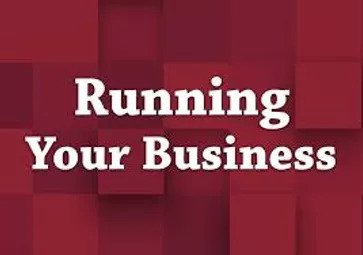

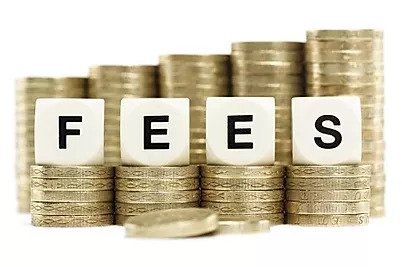


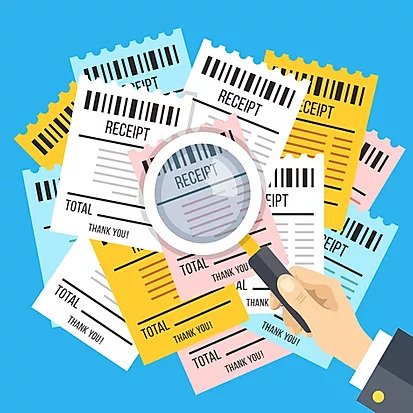


 There are also a plethora of other expenses that can be claimed. Whether they are deductible is dependent on the job that you perform. Some examples are:
There are also a plethora of other expenses that can be claimed. Whether they are deductible is dependent on the job that you perform. Some examples are:
 There are a lot of expenses that are potentially deductible. Unfortunately, most people only know of the basic deductions. Not claiming everything you are entitled to means less money in your pocket (or if you are payable – more owing)!
There are a lot of expenses that are potentially deductible. Unfortunately, most people only know of the basic deductions. Not claiming everything you are entitled to means less money in your pocket (or if you are payable – more owing)! The ATO is smart. Well, at least when it comes to recognizing if you have claimed too much. This year they will see more details than ever about what exactly you are claiming. If you claim something you are not allowed to, you are actually putting yourself at a greater risk of audit and potential penalties.
The ATO is smart. Well, at least when it comes to recognizing if you have claimed too much. This year they will see more details than ever about what exactly you are claiming. If you claim something you are not allowed to, you are actually putting yourself at a greater risk of audit and potential penalties. An accountant can tell you what you can claim and what records to keep. On top of that, a trustworthy
An accountant can tell you what you can claim and what records to keep. On top of that, a trustworthy  Do you know that an accountant’s fee is tax deductible? I bet you don’t. Let me tell you this. You can get money back after paying an accountant to maximise your claims, reduce your chance of audit and make your life easier. And it’s completely legal!
Do you know that an accountant’s fee is tax deductible? I bet you don’t. Let me tell you this. You can get money back after paying an accountant to maximise your claims, reduce your chance of audit and make your life easier. And it’s completely legal! The sad fact is that sometimes you will owe the ATO money at tax time. Having an accountant lodge your return will generally mean you have more than 6 months extra time to file your return and pay any amount owing. That’s half a year the money could be in your pocket working for you.
The sad fact is that sometimes you will owe the ATO money at tax time. Having an accountant lodge your return will generally mean you have more than 6 months extra time to file your return and pay any amount owing. That’s half a year the money could be in your pocket working for you.